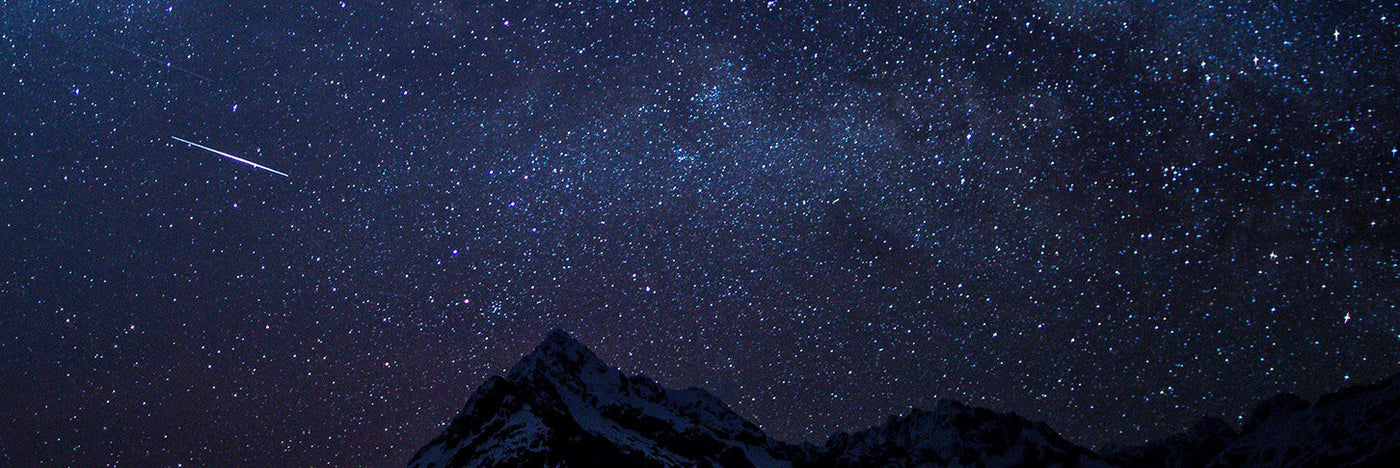
Leonid Shooting Stars
If, like most of us, you missed the spectacular Leonid Meteor Shower in 1833, don't despair, you have another chance to view them this year, in the month of November. So get prepared with your warm blankets and flasks of coffee!
Times to see Leonids
The Leonids can be seen between November 5 to November 30 with the peak being the night of November 17 and the early hours of November 18. Like most displays, it is best viewed after midnight, so get settled down for a fun night! The display features about 15 meteors per hour traveling at 17 kilometers per second. Sometimes the meteor count is much higher, creating a fireworks display that is breathtaking. The best sighting of meteor showers depends very much on the weather conditions and the position of the moon.
General information
The Leonids, in keeping with the practice of naming meteor showers, is named after the constellation from which they appear to radiate. The centre of the shower, or radiant, lies in the constellation of Leo, the Lion, hence the name Leonids. Comet showers are created by debris from a disintegrating comet and as the Earth passes through them, the small pieces enter the atmosphere at tremendous speeds and burn up, creating a spectacular effect of lights in the sky. The Leonids come from the Comet Tempel-Tuttle which crosses our path every 33 years.
History
The shower in 1833 was one of the most spectacular, causing a huge interest in astronomy. Meteor counts of up to one hundred thousand per hour were seen. A refugee Mormon community who lived near Independence in Missouri and were being driven from their homes, saw the shower and took it as a sign from God. On a more scientific note, the shower was documented in the American Journal of Science and Arts of 1834, by Denison Olmsted, an American astronomer. It also gave rise to a song called 'Stars Fell on Alabama' which has been performed by many famous artists including Louis Armstrong, Doris Day and Vera Lynn. In more recent times, in 1966, the Leonids one again produced a fabulous display with up to 3000 meteors per minute literally falling like rain.